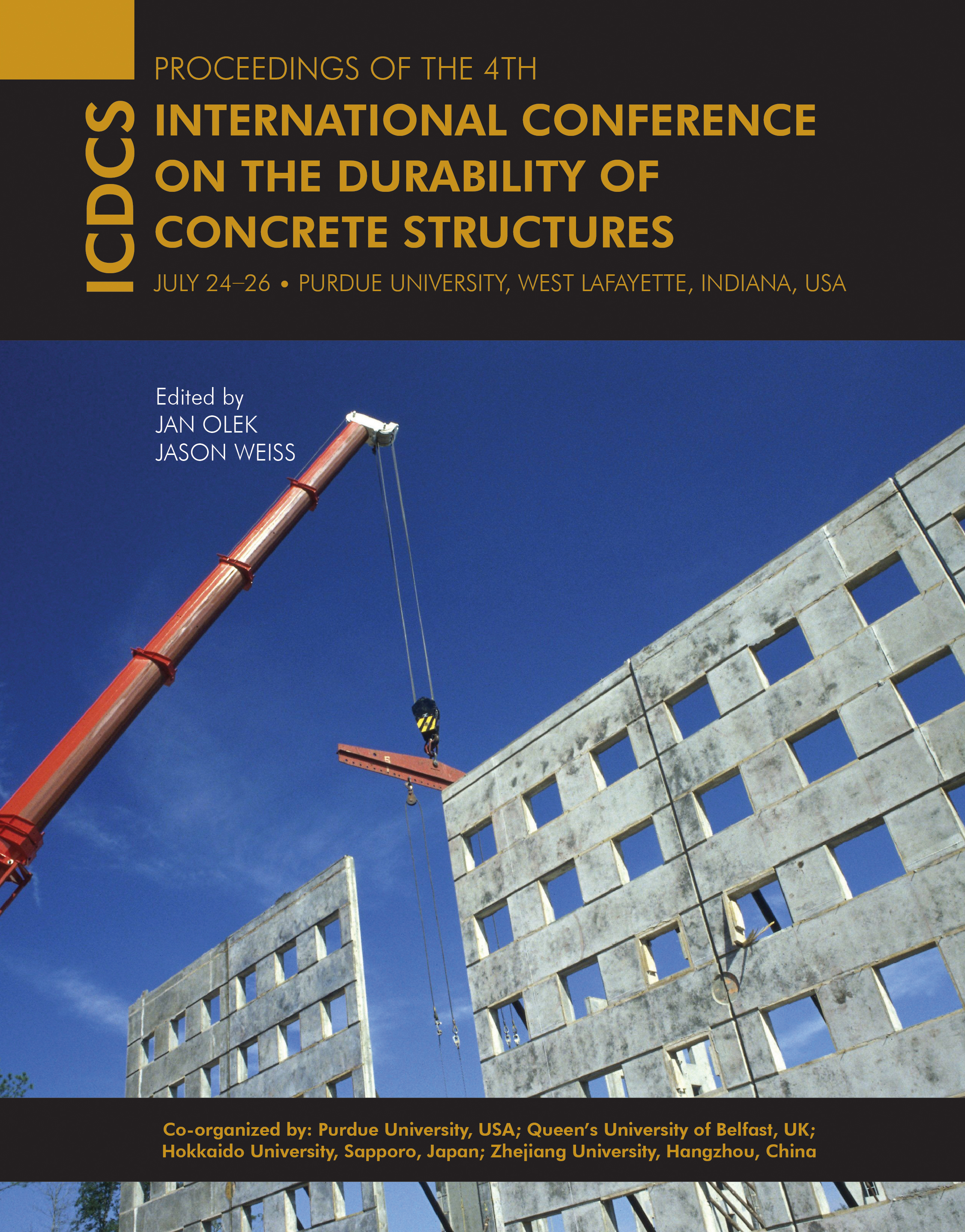Abstract
Cellular concrete is one kind of lightweight concrete, which are widely used in thermal insulation engineering project. In this study, a three dimensional (2D and 3D) finite-volume-based models was developed for analyzing the heat transfer mechanisms through the porous structures of cellular concretes under steady-state heat transfer condition and also for investigating the differences between 2D and 3D modeling results. 2D and 3D reconstructed pore networks were generated from the microstructural information measured by a 3D image captured by X-ray computerized tomography (X-CT). In addition, the 3D-computed value of the effective thermal conductivity was found to be in better agreement with the measured value, in comparison with that computed on the basis of 2D cross-sectional images. Finally, the thermal conductivity computed for different porous 3D networks of cellular concretes were compared with those obtained from 2D computations, revealing the differences between 2D and 3D image-based modeling: a correlation was thus derived between the results computed with 3D and 2D models.
Keywords
finite volume method, thermal conductivity, image-based modeling, cellular concrete, guarded hot-plate method
Date of Version
July 2014
DOI
10.5703/1288284315416
Recommended Citation
Wei, She; Yonggan, Yang; Deqing, Xie; and Yunsheng, Zhang, "Finite Volume Numerical Analysis of the Thermal Property of Cellular Concrete Based on Two and Three Dimensional X-ray Computerized Tomography Images" (2014). International Conference on Durability of Concrete Structures. 3.
https://docs.lib.purdue.edu/icdcs/2014/materialscharacterization/3
Finite Volume Numerical Analysis of the Thermal Property of Cellular Concrete Based on Two and Three Dimensional X-ray Computerized Tomography Images
Cellular concrete is one kind of lightweight concrete, which are widely used in thermal insulation engineering project. In this study, a three dimensional (2D and 3D) finite-volume-based models was developed for analyzing the heat transfer mechanisms through the porous structures of cellular concretes under steady-state heat transfer condition and also for investigating the differences between 2D and 3D modeling results. 2D and 3D reconstructed pore networks were generated from the microstructural information measured by a 3D image captured by X-ray computerized tomography (X-CT). In addition, the 3D-computed value of the effective thermal conductivity was found to be in better agreement with the measured value, in comparison with that computed on the basis of 2D cross-sectional images. Finally, the thermal conductivity computed for different porous 3D networks of cellular concretes were compared with those obtained from 2D computations, revealing the differences between 2D and 3D image-based modeling: a correlation was thus derived between the results computed with 3D and 2D models.





